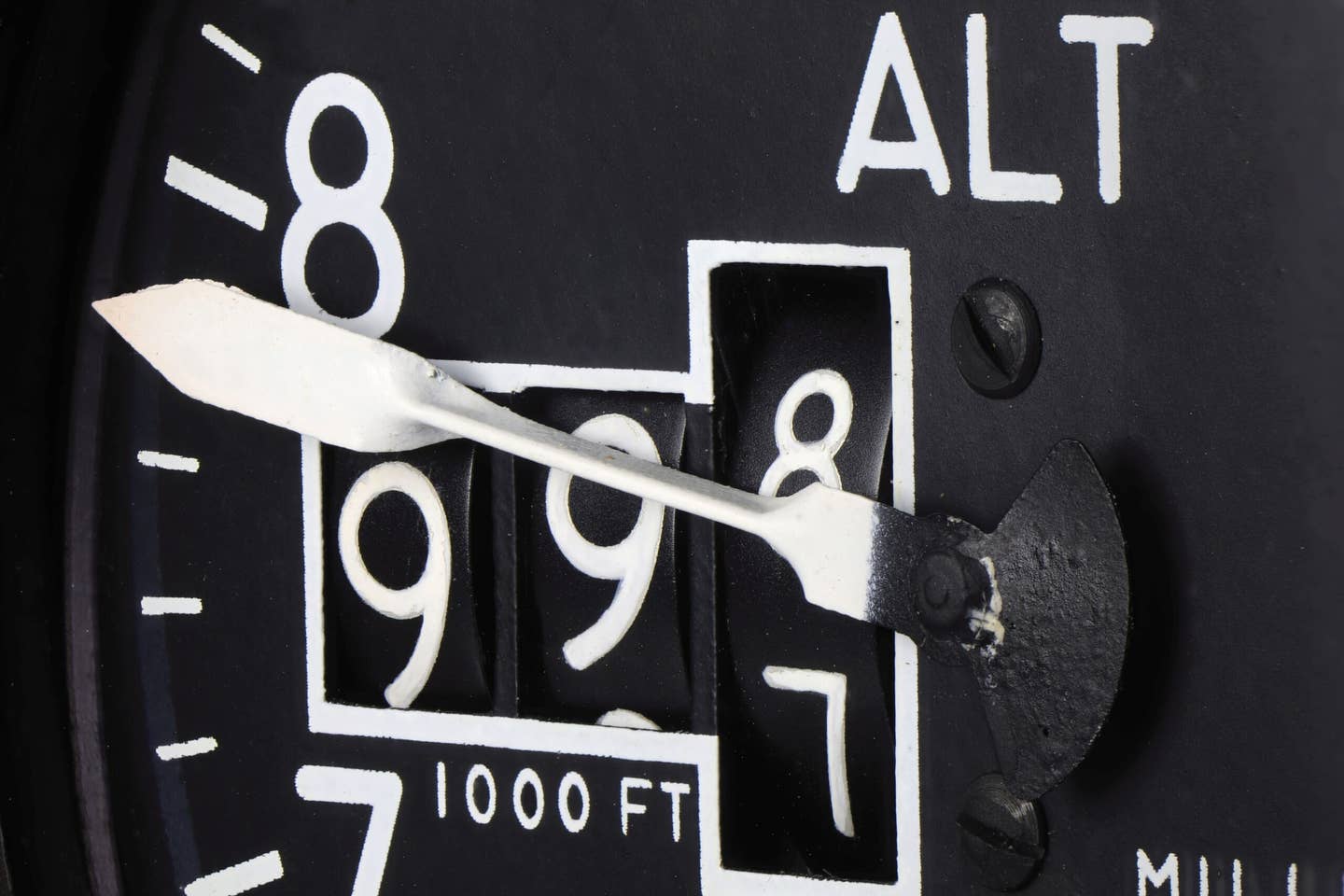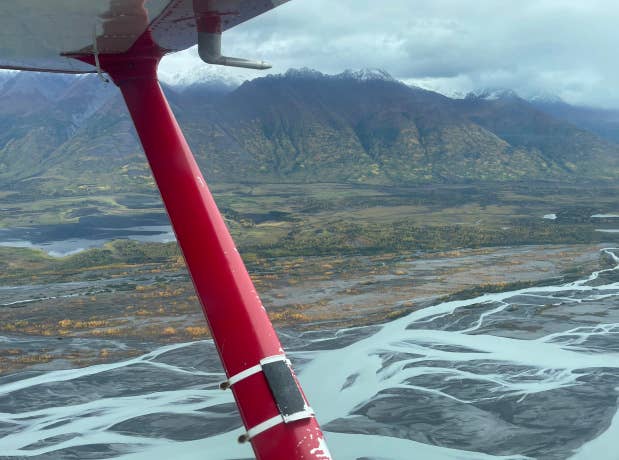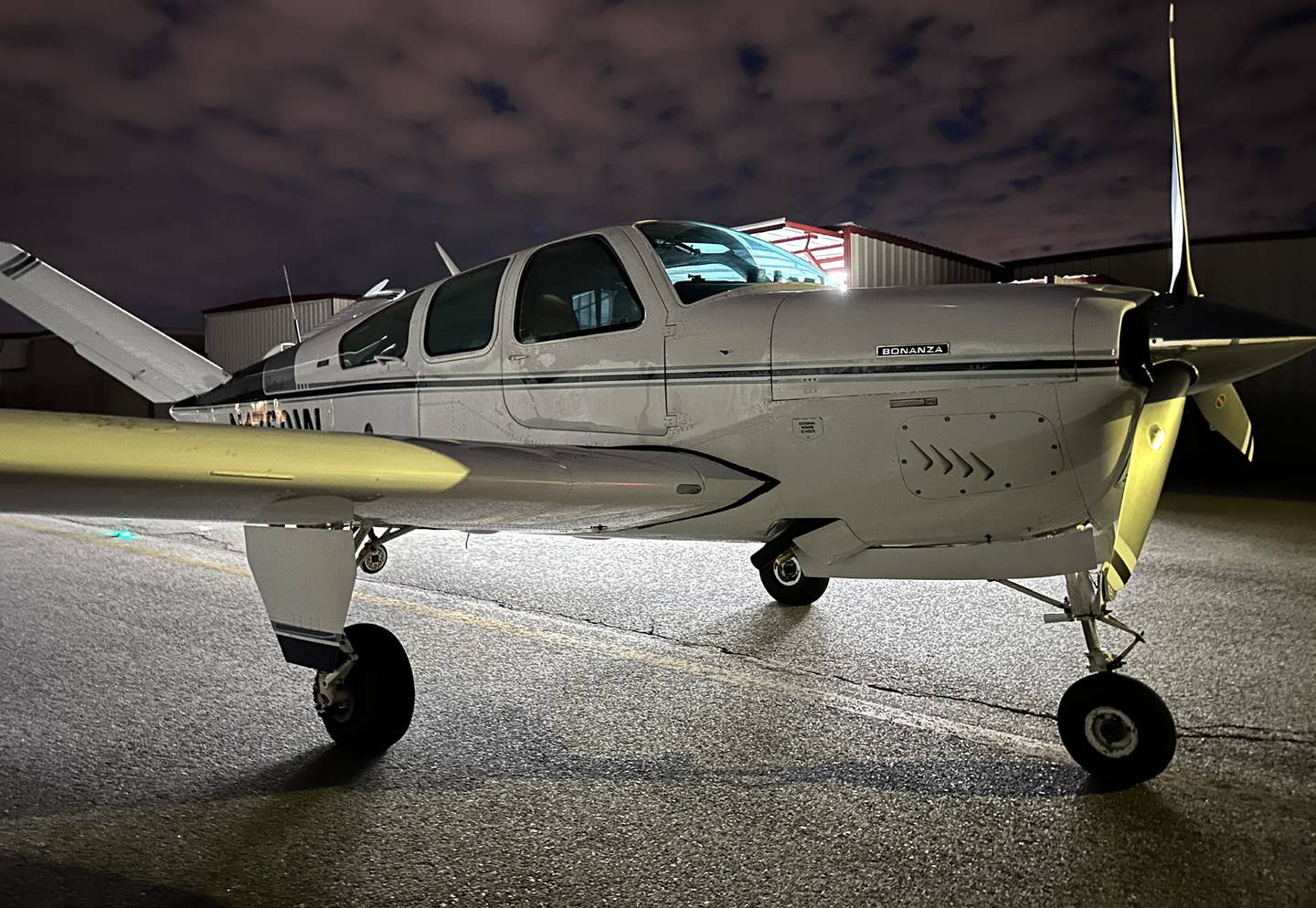How to Beat the Summer Heat When Flying
Tips for when the weather gets warmer, and both pilots and aircraft struggle.

Of all the skills that go by the wayside after the check ride, determining aircraft performance is right up there next to ‘obtaining a weather briefing’ and ‘weight and balance.’ [iStock]
It was a hot day when the rather frazzled-looking young man came into the FBO with the dispatch book of the Cessna 150.
He complained there was something wrong with the airplane. The engine wasn’t producing enough power. He had attempted two takeoffs and wisely chose to abort, as it did not lift off when he expected.
“It pretty much ate up the whole runway!” he said.
If you're not already a subscriber, what are you waiting for? Subscribe today to get the issue as soon as it is released in either Print or Digital formats.
Subscribe NowWhen asked if he had done the performance calculations, specifically accounting for density altitude, he acted like a deer in the headlights. He had not performed the computations because he didn’t think the conditions warranted. The field elevation was approximately 492 feet—certainly not what you would consider high elevation, and the temperature was in the mid-80s Fahrenheit. He was from Arizona, where the temperature routinely topped 100 in the summer, so this was not hot, and it didn’t feel humid out there, at least not by Midwest or Gulf state standards—also places he had been.
“Don’t you need all three to create density altitude?” he asked.
No. No, you don’t.
He was surprised to learn that a single one of those factors can reduce aircraft performance, which is why those numbers need to be crunched and double-checked before every flight. And I mean every flight.
Of all the skills that go by the wayside after the check ride, determining aircraft performance is right up there next to “obtaining a weather briefing” and “weight and balance.” If you don’t make it a habit to use these skills, they fade—and quickly. I will never forget the private pilot who had her certificate for all of four months yet couldn’t remember how to access a weather report or read a takeoff performance chart and therefore had no idea how long the takeoff roll would be.
Consider what is off the end of the runway as well. If the performance chart says you need 1,120 feet to clear that 50-foot obstacle at the end of the runway, and the runway measures 1,900 feet, ask yourself where could you go if something went wrong? Is there a golf course? An industrial park? A lake? Don’t forget to review the short-field takeoff checklist and review the fine print, especially with regard to leaning the mixture for best power.
Watch the Weight
We can’t control the weather, but we can manage the weight of the aircraft. On warmer days, it is not uncommon to limit the fuel load of an aircraft to adjust for its reduced performance.
Most flight schools that use scheduling software have a place to put notes in the rental reservation where you can leave a remark such as special refueling instructions, such as do not refuel after flight. To be safe you might want to add a Post-it note in the dispatch binder or on it, or a note on a whiteboard in the CFI cubicles can work. This is a belt-and-suspenders and a staple-gun approach, but if your flight school doesn’t have the ability to expediently and safely offload fuel, it can save a flight.
Don’t forget to note the time to climb in your calculations. It is a bit chilling to have planned for a climb rate of 500 feet per minute to clear a ridgeline but then notice the aircraft is struggling to achieve 300 feet per minute. This is one of those times you will want to fly a shuttle climb, going back and forth in a confined space.
Protect Pilot Performance
High altitude, heat, and humidity also degrade the performance of a pilot. Most aircraft in the training fleet don’t have the same caliber of environmental controls as modern cars, so pilots, especially flight instructors, have to be creative. (You know it is a hot day at the airport when the CFIs keep the door of the aircraft open during taxi and don’t close it until just before takeoff.)
You can try to work around it by scheduling flights early in the morning or late in the evening but if that is not an option you have to adapt.
In the Seattle area, anything over 90 degrees is unusual, and our homes, airplanes, and bodies aren’t used to it. There was one summer where it really got us. I still had to fly, so I scheduled as many of my learners as I could in the cooler part of the day—two before noon and one for when the day began to cool. I had learned that even if I used those products advertised to control sweat and stink and wore a cotton T-shirt under my flight school uniform (a black polo made from a material that nature never knew existed), by midday my shirt was sweat soaked and I felt as though I needed a bath in tomato juice.
I started changing my T-shirt at least twice a day, and when the temperatures reached the 100s, drew upon primacy, drawing upon my days as a teenage girl at slumber parties: I froze my own T-shirt. It’s not quite what we did back in those days, but the principle was sound, and I highly recommend it. Put a clean, dry T-shirt in the freezer overnight. Wear it the next day during the flight. You will be surprised how comfortable it is and how long it stays cool.
On those hot days, I learned to carry frozen bottles of water in the airplane. Put the bottle in a clean tube sock to absorb the condensation. Sip from the bottle in between maneuvers, and in particular before landing, as dehydration can manifest as fatigue and slow down your reaction time. Also, you can be dehydrated without being thirsty. You may find it useful to take a few sips off water bottles as part of your before-landing checklist, as it increases alertness.
The Difficult Conversation
Using deodorant and daily bathing is not a universal thing. This was explained to me by a colleague who had some bad experiences with learners from other cultures, to the point her flight school added a page on hygiene information to its welcome-to-our-school packets. The CFIs told stories of using air fresheners in the cockpits and classrooms and using lemon-scented polish on the aircraft windows to try to mask the odor.
It is particularly awkward when it is a co-worker who needs the talk. I was forced to do a Redbird training session with a CFI who was a heavy smoker, and frankly smelled like a cross between an ashtray, a latrine, and a skunk. I’d been warned, but that did not do the situation justice. My eyes were watering, and I cut the lesson short—then promptly went to the gym around the corner, showered, and changed my uniform.
I had two more learners that day, and I wanted the focus to be on flying—not fragrance.
This column first appeared in the July/August Issue 949 of the FLYING print edition.

Sign-up for newsletters & special offers!
Get the latest FLYING stories & special offers delivered directly to your inbox







